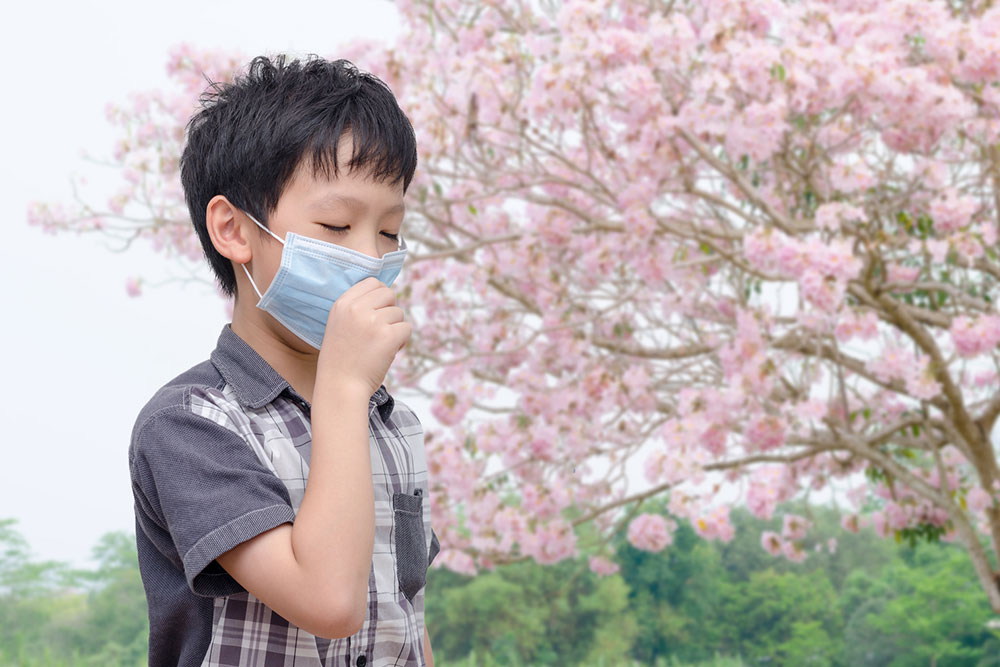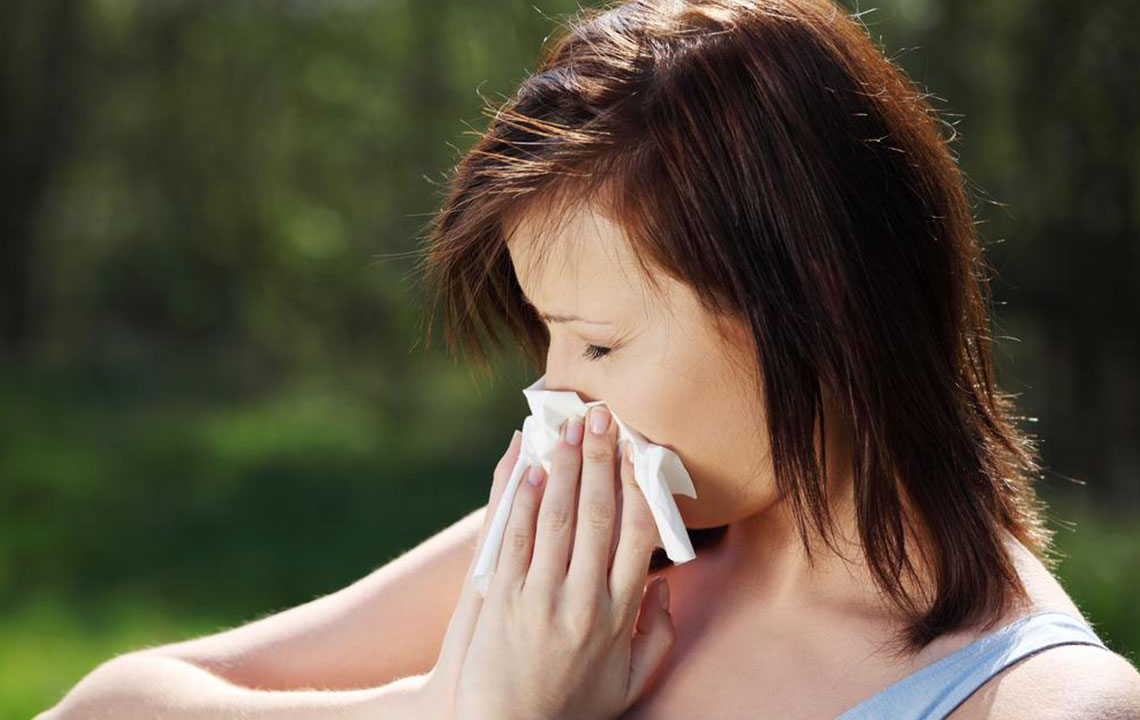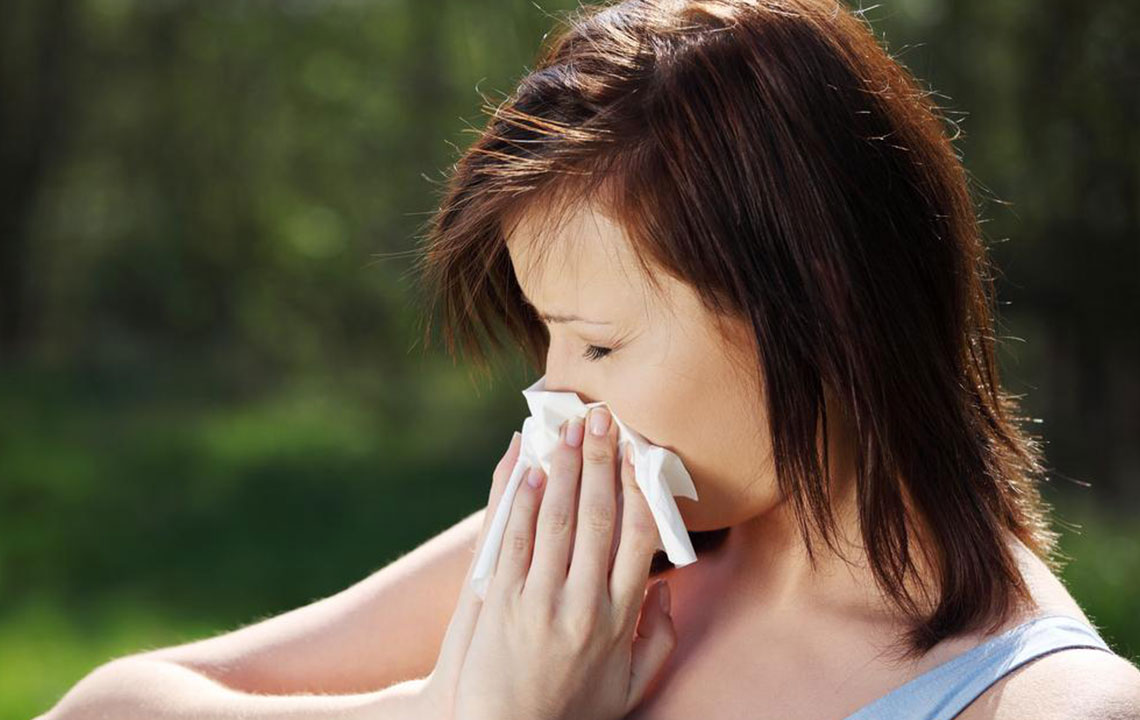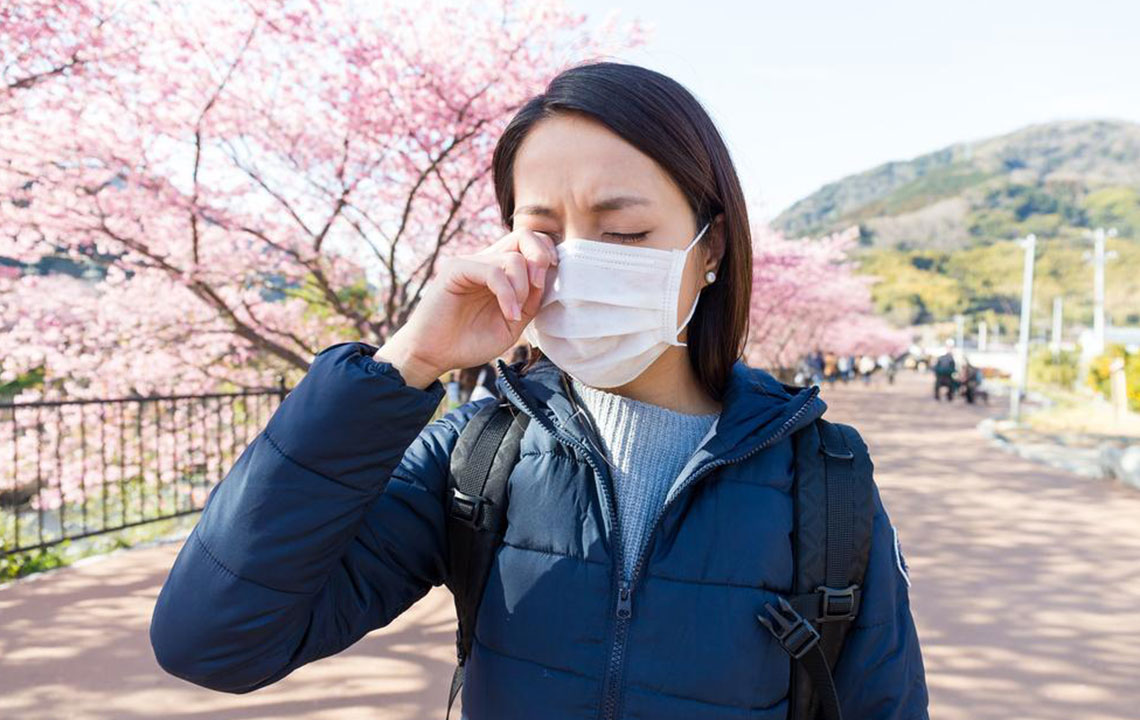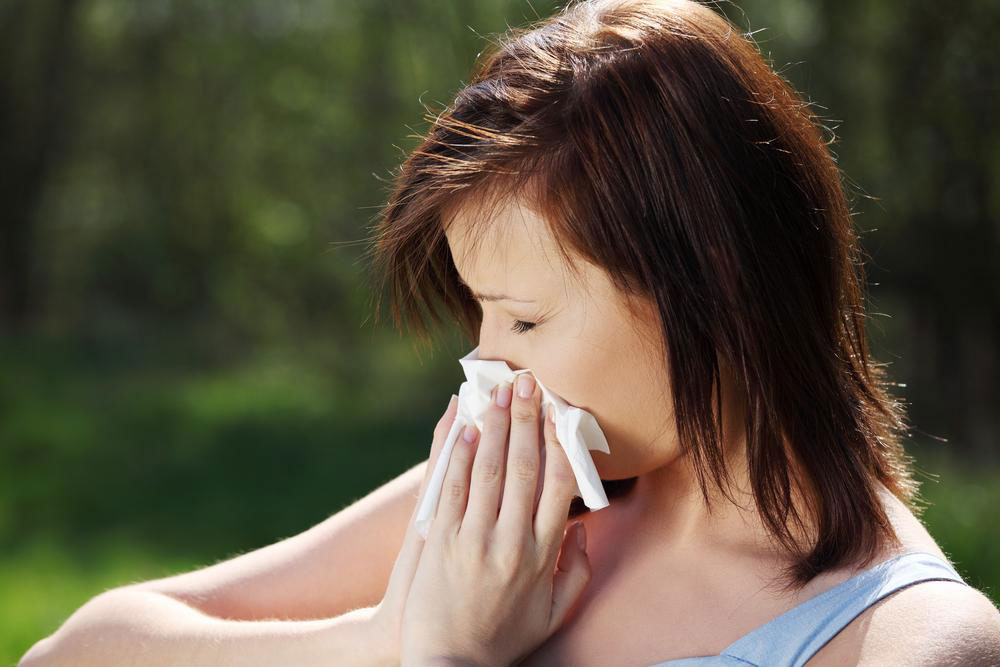Identifying and Managing Pollen Allergies
Learn about the common symptoms of pollen allergy, how it is diagnosed, and effective treatment options. Discover strategies to minimize exposure and manage allergic reactions effectively. Consultation with healthcare professionals is recommended for personalized care.
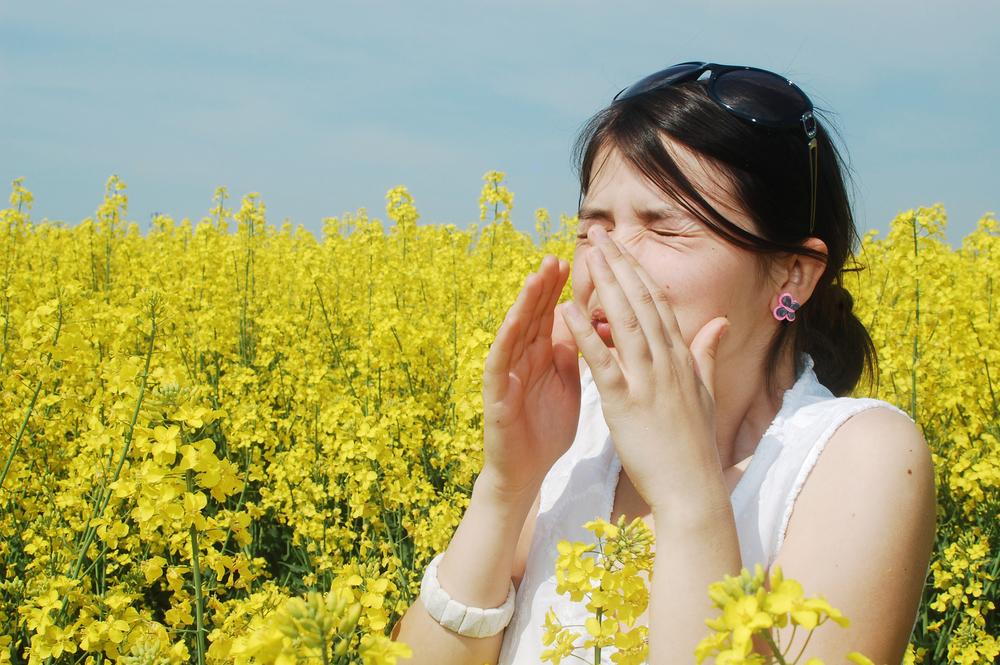
Pollen allergy is a widespread allergic condition triggered by inhaling tiny particles from trees, flowers, grasses, and weeds. In individuals with this allergy, the immune system mistakenly perceives pollen as a threat and releases chemicals to combat it, resulting in allergic symptoms. Pollen exposure varies, with some experiencing symptoms year-round and others seasonally. Common signs include a runny nose, itchy eyes, nasal congestion, coughing, sore throat, swollen eyes, skin discoloration under the eyes, reduced taste or smell, asthma attacks, and sinus infections. Diagnosis involves skin or blood allergy tests. Management includes avoidance strategies, air filters, nasal steroids, antihistamines, cromolyn sodium, decongestants, and immunotherapy. Consulting a healthcare provider is essential for proper treatment, as pollen allergy affects many children and adults.

